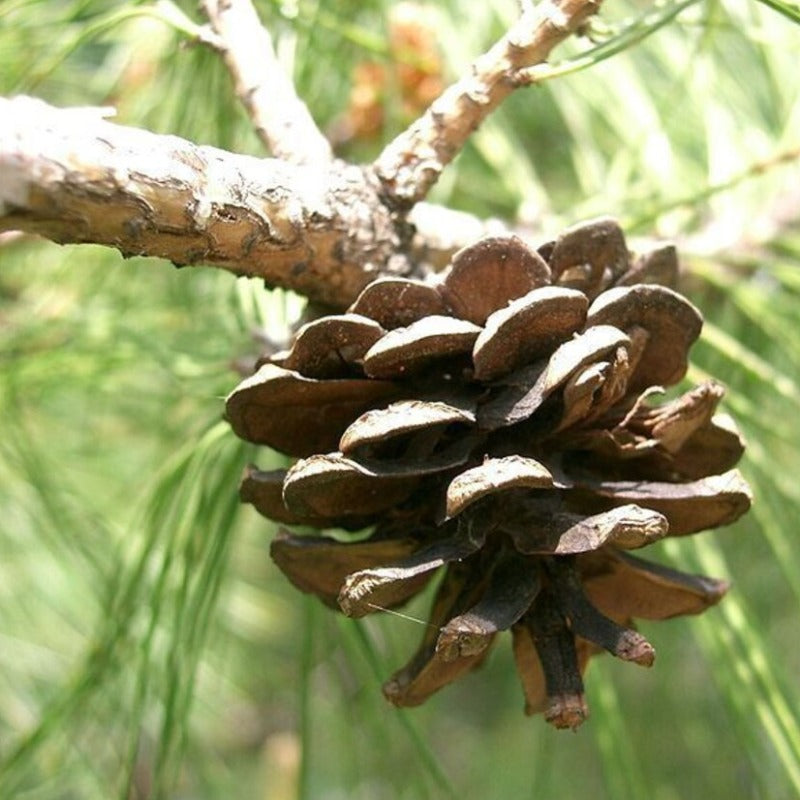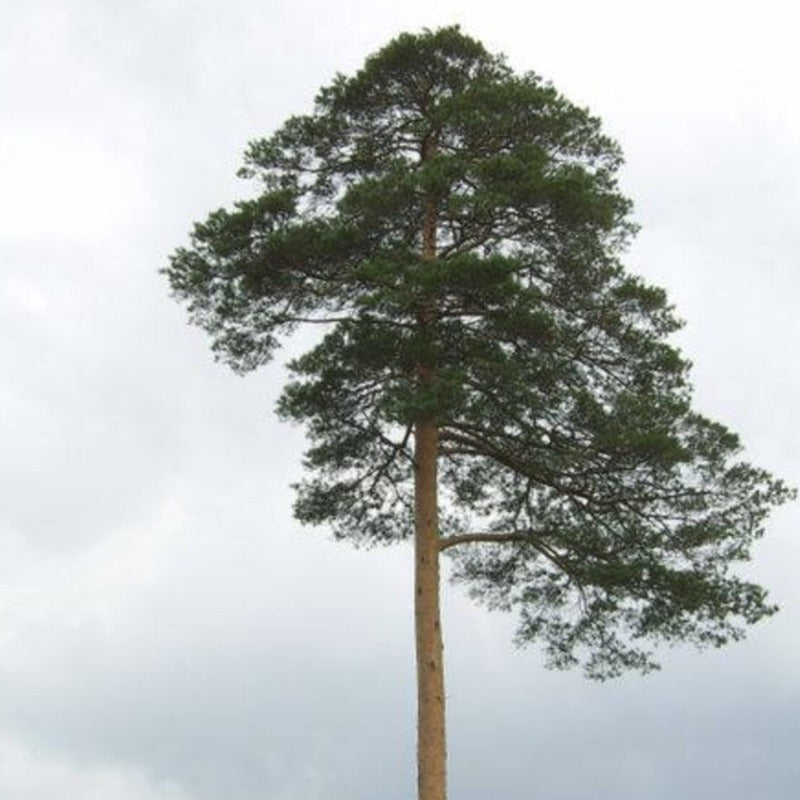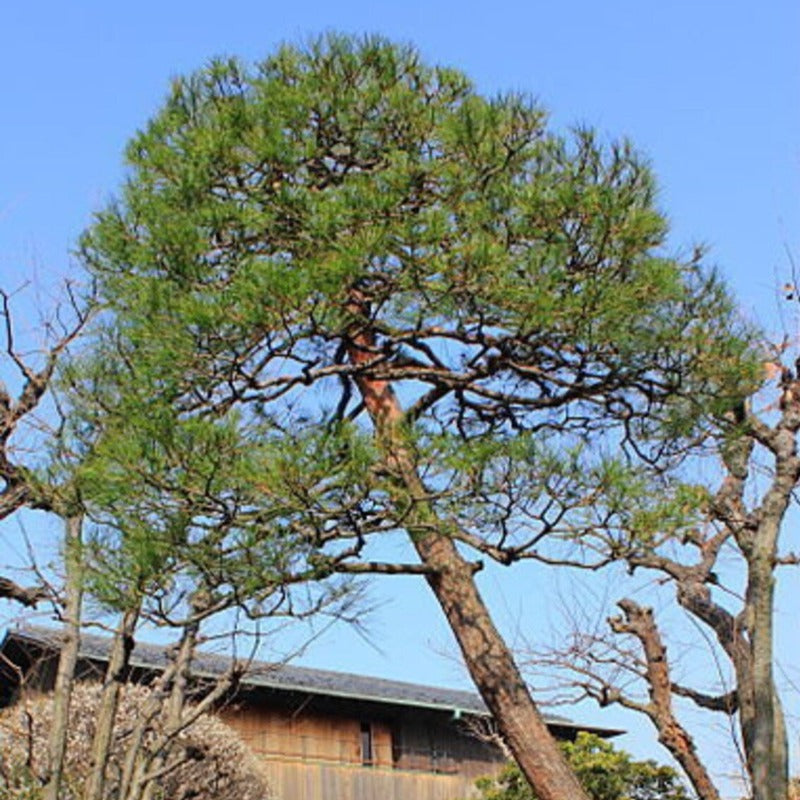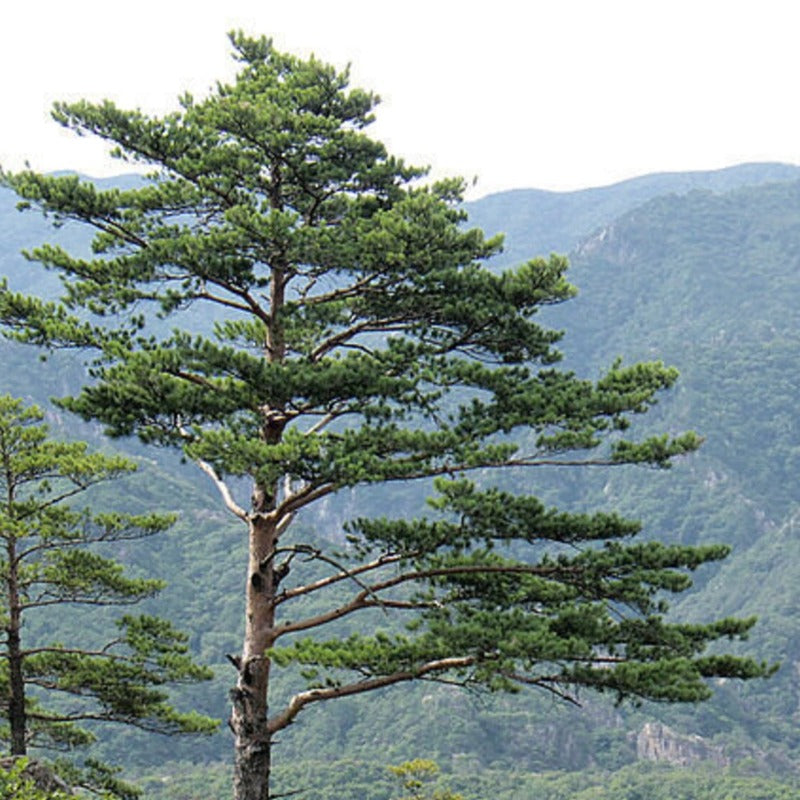- Historical context: Japanese Pine Trees, particularly the Japanese Black Pine (Pinus thunbergii) and Japanese Red Pine (Pinus densiflora), have been cultivated and revered in Japan for centuries. They are often associated with traditional Japanese gardens and bonsai culture.
- Geographical origination: These pine species are native to Japan, Korea, and parts of China.
- Relevant cultural significance: Japanese Pine Trees hold significant cultural value in Japan. They are often used in traditional Japanese gardens, bonsai, and as symbols of resilience and longevity in Japanese art and literature.
- Time period of discovery: The exact time period of discovery is not well-documented, but these trees have been part of Japanese horticulture for hundreds of years.
- Original habitat: Japanese Pine Trees typically grow in coastal areas, hillsides, and mountainous regions in their native range.
- Notable historical uses: Historically, Japanese Pine Trees have been used for timber, resin, and as ornamental plants in gardens and bonsai.
- Ideal temperature range: Japanese Pine Trees thrive in temperate climates with temperatures ranging from 10°C to 25°C (50°F to 77°F).
- Soil type: They prefer well-drained, sandy or loamy soils with a slightly acidic to neutral pH.
- Sunlight requirements: Full sun is essential for optimal growth. They require at least 6 hours of direct sunlight daily.
- Watering needs: Moderate watering is needed, especially during the establishment phase. Once established, they are relatively drought-tolerant.
- Planting season: The best time to plant Japanese Pine Tree seeds is in the spring or fall.
- Germination time: Germination typically takes 2 to 4 weeks under optimal conditions.
- Growth cycle duration: Japanese Pine Trees are slow-growing and can take several years to reach maturity. They can live for several decades to centuries.
- Common pests and diseases: Common pests include pine sawflies, pine needle scale, and pine bark beetles. Diseases such as pine wilt and needle blight can also affect them.
- Companion planting advice: Japanese Pine Trees can be planted alongside other ornamental trees and shrubs that thrive in similar conditions, such as Japanese maples and azaleas.
- Common challenges and solutions: Challenges include susceptibility to pests and diseases, and sensitivity to poor drainage. Solutions include regular monitoring, proper spacing, and ensuring well-drained soil.
- Nutritional values: Not applicable as Japanese Pine Trees are primarily ornamental and not grown for edible seeds.
- Health benefits: While the seeds themselves are not typically consumed, the trees contribute to environmental health by providing habitat for wildlife and improving air quality.
- Culinary uses: Japanese Pine Tree seeds are not commonly used in culinary applications.
- Medicinal uses: Pine resin has been used in traditional medicine for its antiseptic and anti-inflammatory properties.
- Other unique advantages: Japanese Pine Trees are highly valued for their aesthetic appeal in gardens and bonsai. They are also used in coastal areas for erosion control and windbreaks.










